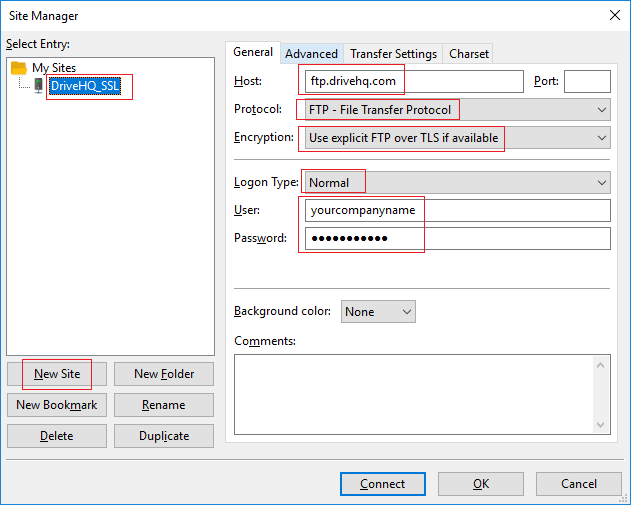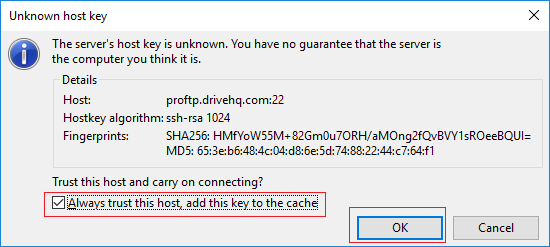

Status: Connection established, waiting for welcome message. Now use a FTP client, like FileZilla client, to connect with the external IP address or custom domain: If a custom domain should be used for this FTP server, add a A record to the domain, with the victual machine’s external IP address. Then go to portal, open the network security group’s blade, add the same inbound rukes: In Windows, go to “Windows firewall with advanced security” console, create a inbound rule to allow TCP on port 21, and a inbound rule to allow the above port range: Also manually specify the port range for passive mode: In Azure portal, the external IP address can be copied from the virtual machine’s blade, or the public IP address’ blade. To make passive mode work, the external IP address should be specified for the FTP server. Then install a FTP server, like IIS, or FileZilla Server from. Go to the virtual machine’s blade, click “Connect” to log on to the virtual machine through remote desktop. a network interface, a network security group, a public IP address, and a virtual network.a virtual machine and a diagnostics extension.When it is done, a bunch of resources will be created, including: Review the price, if it is ok, click “Create”.

In the Azure portal, click ”Create a resource” to create a “Windows Server 2016 VM”:įollow the “Create virtual machine”wizard to specify the information, including location, size, auto-shutdown, etc. A free Azure account and be created from. Use Azure account to log on to the Azure portal. This article demonstrates how to setup a passive FTP server in a Azure virtual machine running Windows.


 0 kommentar(er)
0 kommentar(er)
